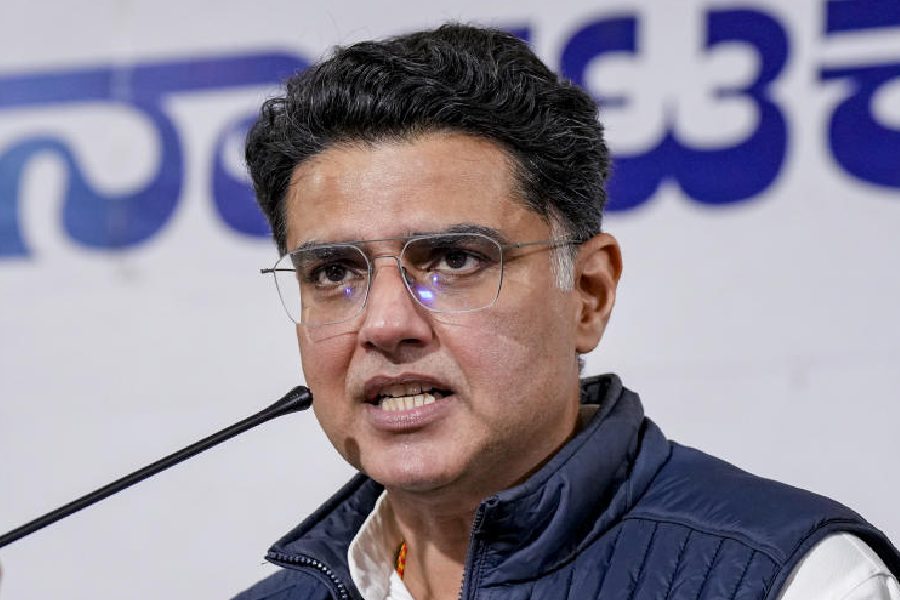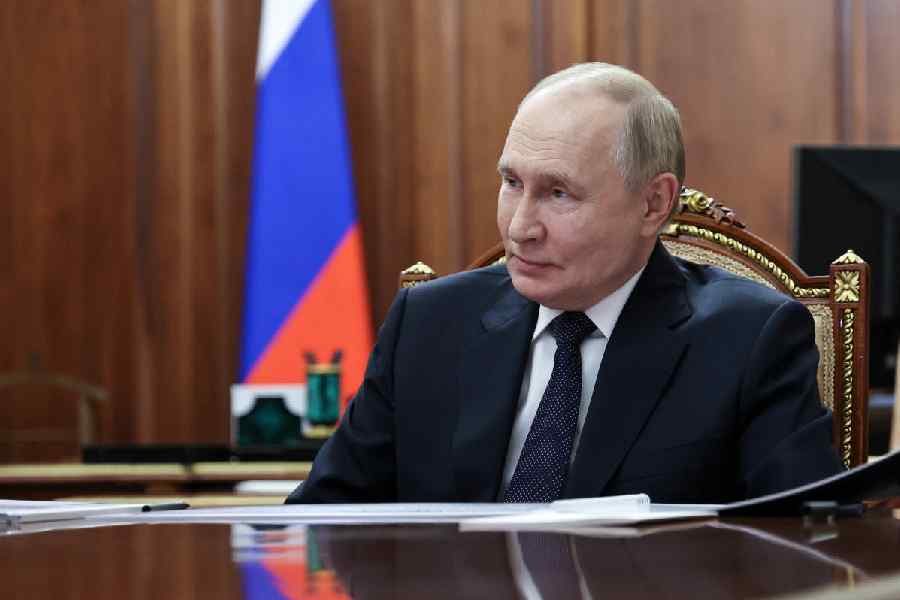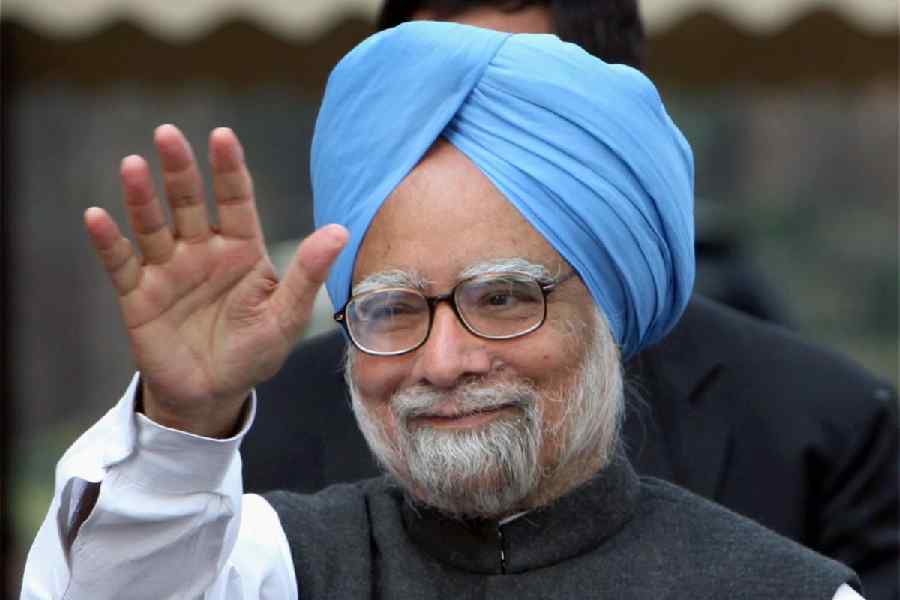Gold prices in India are within touching distance of reaching the milestone of ₹1,00,000 per 10 gram, with geopolitical uncertainties and central bank buying aiding the yellow metal’s ascent.
On Wednesday, gold prices soared by ₹1,650 to hit an all-time high of ₹98,100 per 10 grams in Delhi. According to the All India Sarafa Association, the precious metal of 99.9 per cent purity had finished at ₹96,450 per 10 grams on Tuesday.
The price of pure gold in Calcutta on Wednesday was ₹95,250 per 10 grams, up from ₹93,450 per 10 grams on Tuesday. Bullion merchants in the city are bullish on the current trajectory to sustain in the coming weeks.
On the Multi Commodity Exchange, gold futures for June delivery surged by ₹1,984, or 2.12 per cent, to touch a record high of ₹95,435 per 10 gram.
At the Comex, gold was trading at $3,327.80 per ounce as of 6:30 pm on Wednesday, Indian Standard Time.
“Gold showed a solid rally once again...as MCX gold hit landmark levels of ₹95,000, while Comex gold surpassed $3,300, reflecting strong safe-haven demand,” Jateen Trivedi, VP, research of commodity and currency, LKP Securities, said.
The rally was driven by geopolitical uncertainty and the absence of any constructive progress in tariff negotiations between the US and China, Trivedi added.
Surge factors
Analysts attribute three broad factors to the rising prices of gold. First, central banks, notably in Asia, have intensified their gold purchases in response to escalating geopolitical tensions.
Data from the World Gold Council shows that both China and India have stepped up their gold purchase in 2024. In the case of China, central bank gold reserves grew from 2235.29 tonnes in 2023 to 2279.56 tonnes in 2024. In the case of India, central bank gold reserves have increased from 803.58 tonnes in 2023 to 876.18 tonnes in 2024.
Goldman Sachs estimates central bank global buying could average 100 tonnes per month in 2025. This is in line with the trend seen in 2024, where central banks globally added 1,045 tonnes to global gold reserves.
The second factor is the Dollar Index effect. “A weaker dollar historically supports higher gold prices, since gold is priced in US dollars globally. With the Trump administration favouring a weaker dollar and the uncertain effect of tariffs, this could serve as an additional tailwind for gold,” analysts at Tata Mutual Fund said.
The third factor that supports the higher price of gold is its safe haven characteristic. Trade disputes and recessionary fears resulting from the Trump administration’s uncertain and ad-hoc tariff policy have led investors to seek refuge in gold. Also, global inflation fears have escalated again on the back of tariffs and the weaker dollar policy of the current US administration. This has led investors to hedge against an expected spike in inflation with assets like gold.
This has prompted ETFs backed by gold to witness substantial inflows, with UBS projecting inflows to reach 450 metric tonnes in 2025.
Outlook
Goldman Sachs has raised its year-end forecast to $3,700 per ounce, with a potential peak of $4,500 per ounce. UBS projects gold at $3,500 per ounce while Bank of America has increased its 2025 forecast to $3,500 per ounce.
“While short-term corrections are possible as gold prices have rallied more than 25 per cent in the past 6 weeks, long-term fundamentals remain supportive,” said analysts at Tata Mutual Fund.
Jewellers remain optimistic about festive season sales despite the rising prices of gold affecting demand at low price points.
“Elevated gold prices resulted in sluggish consumer demand at lower price points, leading to single-digit buyer growth, while demand at higher price bands sustained, resulting in a high double-digit growth in ticket sizes,” said Titan in its Q4 business update.
“We are confident of a very strong start to FY26, fuelled by robust demand during Poila Baisakh, Akshaya Tritiya, and the continued momentum in the wedding season—all expected to significantly boost Q1 FY26 sales,” said Senco Gold in its Q4 business update.










